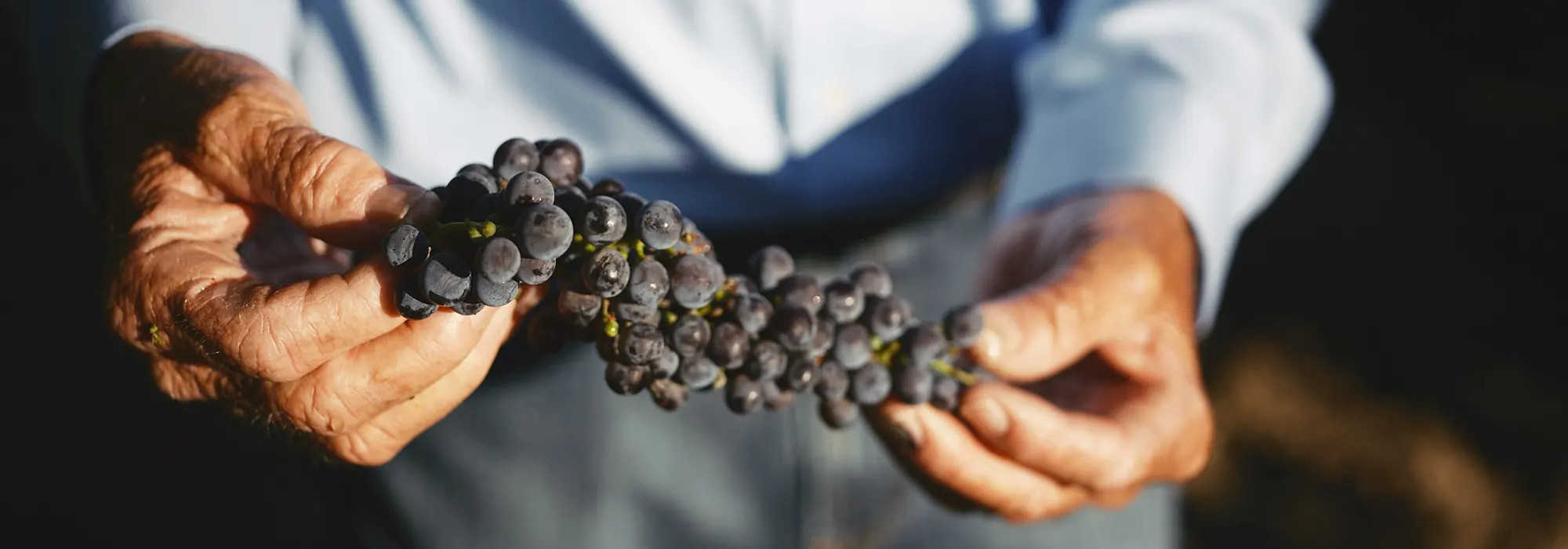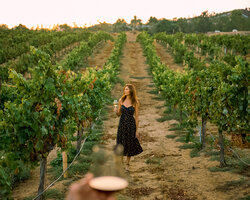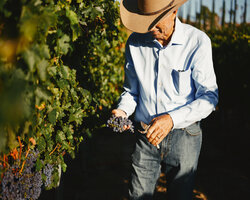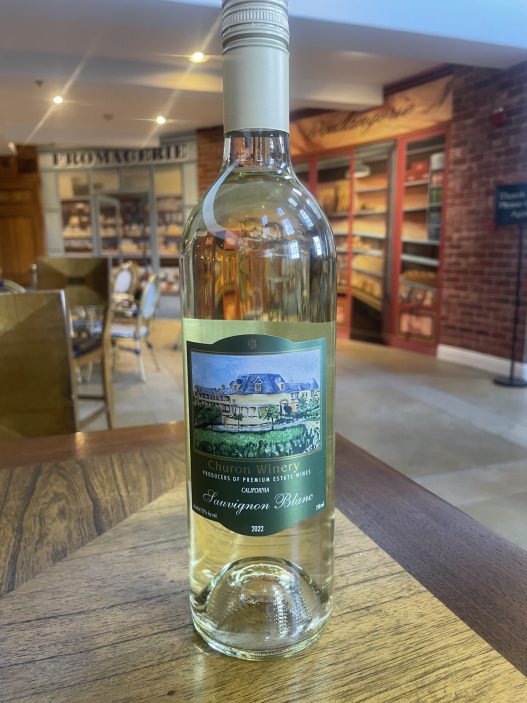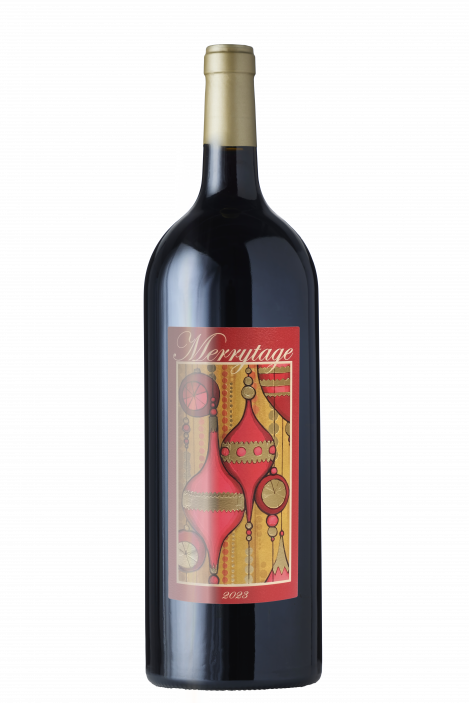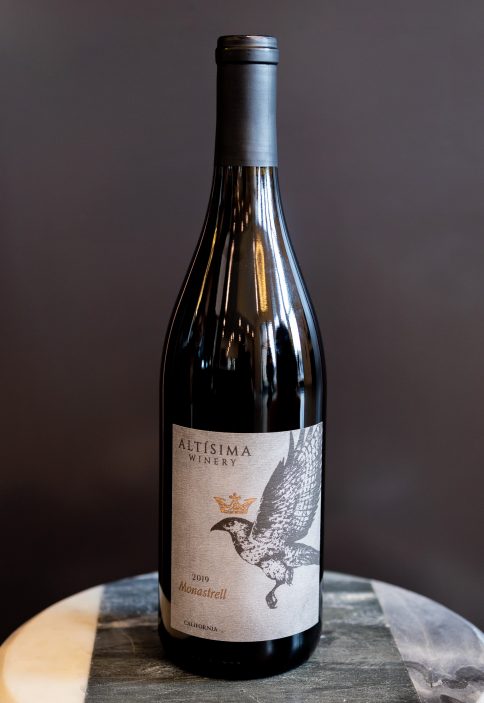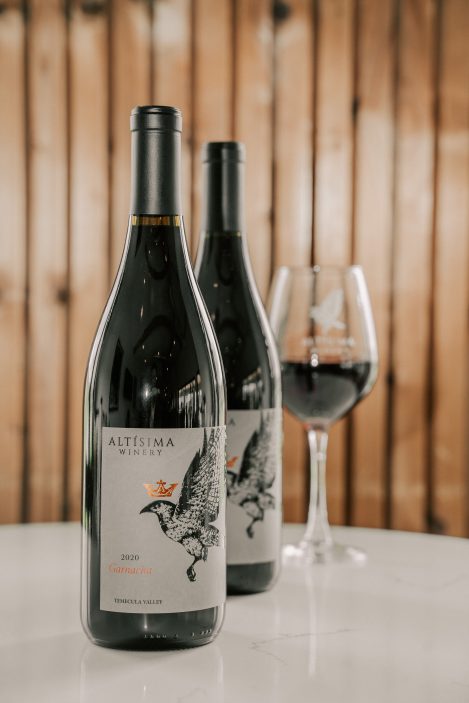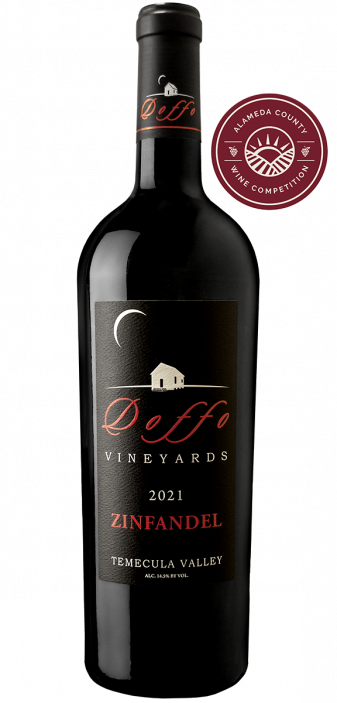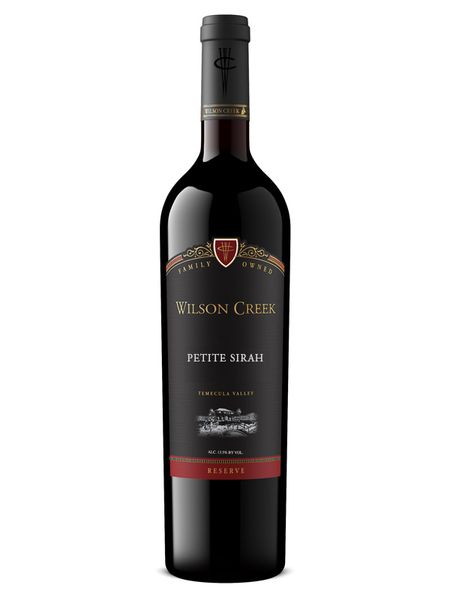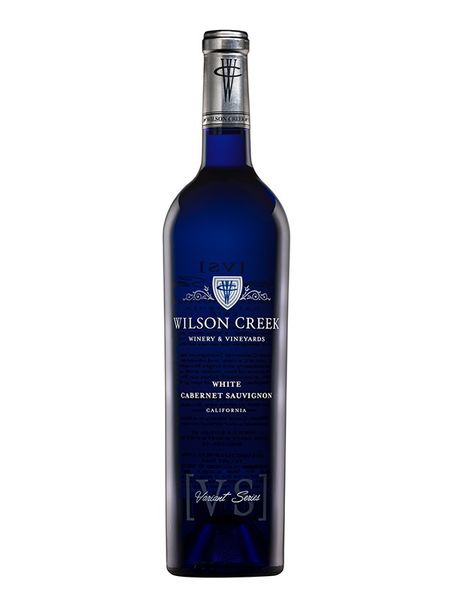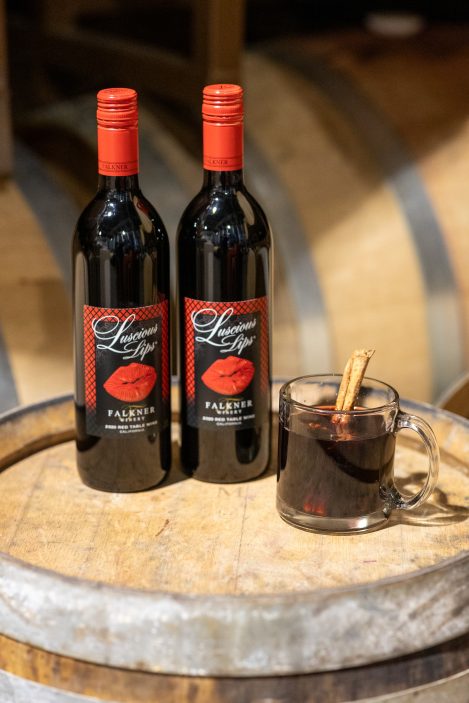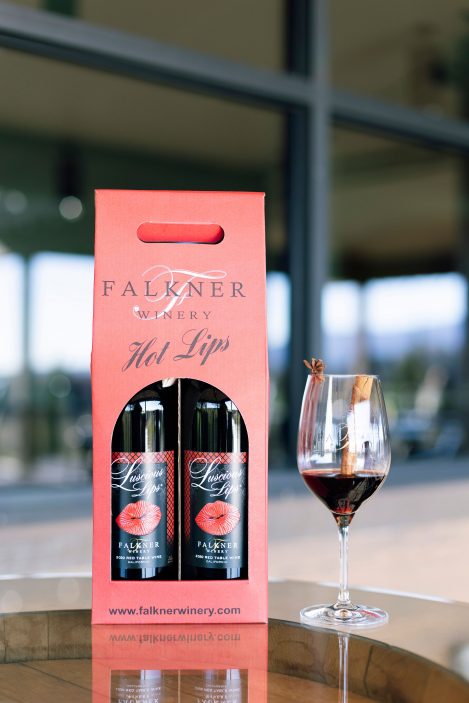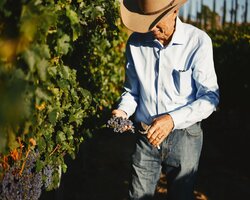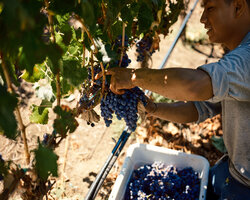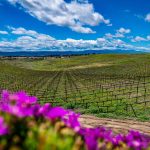January 3, 2024
Entering the world of wine can be as intoxicating as the beverage itself, especially in the dynamic region of Temecula Valley, the heart and soul of Southern California’s wine scene. Known for its diverse grape varieties and robust hospitality offerings, not to mention its warm and welcoming spirit, Temecula Valley offers the perfect setting for aspiring wine professionals.
The journey into wine isn’t just about understanding varieties and vintages; it’s about immersing oneself in a culture that values tradition, innovation, and the intimate connection between the land, the glass and, most importantly, the consumer. The path to becoming a wine professional or a winemaker is as varied as the wines themselves, demanding a blend of knowledge, passion, and sensory acumen.
To demystify the process and offer an insider’s perspective, we caught up with those who have built careers in the Temecula Valley wine industry. We asked them what it took to get where they are today, and what advice they can share with others trying to break into the exciting world of wine. From the sun-kissed slopes of Temecula’s vineyards to the bustling wine-tasting rooms, their perspectives paint a picture of a community deeply connected by their shared passion for wine.
Here’s what they had to say.
KRISTINA FILIPPI, WINEMAKER, WILSON CREEK WINERY
TVWA: What do you think is the best way to get started in the wine business?
KF: Apply for jobs at wineries! We are lucky to have so many great ones here in Temecula. My first wine job was in a tasting room after I turned 21, and it was a great opportunity for me to learn about wine and the industry.
TVWA: What is one piece of advice you would share with someone who wanted to start a career in wine?
KF: Keep an open mind. Learn from every place and everyone that you work with. Don’t be afraid to speak up, get yourself into the conversation, step into the room. You may just have an idea or interesting perspective that could be helpful for the industry.
TVWA: What is something you wish someone had told you about a career in wine?
KF: That I would actually be using math just as much as my high school algebra teachers said I would!
OLIVIA BUE, WINEMAKER, ROBERT RENZONI VINEYARDS
TVWA: What do you think is the best way to get started in the wine business?
OB: The best way to get started is to get an internship with a winery; possibly unpaid a few days a week just to get some experience under your belt.
TVWA: What is one piece of advice you would share with someone who wanted to start a career in wine?
OB: Say goodbye to Fall trips, vacays and/or weddings!
TVWA: What is something you wish someone had told you about a career in wine?
OB: You’re never going to know it all in winemaking.
MARCEL VELASCO, CELLAR MASTER, PELTZER FAMILY CELLARS
TVWA: What do you think is the best way to get started in the wine business?
MV: There are so many different jobs in the wine industry so finding an entry level job in an area (wine business, agriculture, wine making) that you are interested in is a great way to get started. One thing that is great about working in the wine industry is that you often have a lot of exposure to other sides of the business, no matter where you are. The important thing would be to absorb as much information as you can and to not be afraid to take opportunities as they come up during your career. Even when I worked solely as a wine sales associate, if an opportunity came up where I could talk to someone in production, I always made the attempt to greet them and ask about the type of work they were doing. As my career progressed in the wine industry, I eventually decided to go to school for winemaking, and being exposed to so many different careers in the wine industry helped me make that decision.
TVWA: What is one piece of advice you would share with someone who wanted to start a career in wine?
MV: A piece of advice that I would give to anyone starting a career in wine is that generally you will get what you give. This is a heavily passion-driven industry and I have always seen that those who gave it their all had the best opportunities in the future to either take on more responsibility or even be referred to a new position with glowing marks. There are plenty of days in production where I am tired and it feels like the work is piling on but taking the time to complete tasks properly, even if it means adding hours to your workday, has always yielded us the best results and even better tasting wine.
TVWA: What is something you wish someone had told you about a career in wine?
MV: One piece of advice I wish I had received when I started in this field would be to make sure to put yourself out there more. So much of this industry is developing connections with others so attending community events and taking the time to visit other businesses is a great way to meet your fellow professionals. Investing in those relationships will not only help you grow within your own community but also may lead to new experiences in other areas as well.
TVWA: Got any helpful resources or educational materials for those trying to get into wine that you would like to share?
MV: There are quite few educational materials that I have used during my career some of my favorites would be: Oxford Companion to Wine by Jancis Robinson; Vino Italiano: The Regional Wines of Italy by Joseph Bastianich and David Lynch; and Handbook of Enology by Pascal Ribéreau-Gayon et al. Besides that I would say looking on Winejobs.com for internship opportunities or even new career opportunities would also be a good place to start.
SHARON CANNON, DIRECTOR OF MARKETING & HOSPITALITY, AVENSOLE WINERY
TVWA: What do you think is the best way to get started in the wine business?
SC: The best way to get started at a winery would be to apply for weekend roles bar-backing, bussing, or, if you have knowledge and a great approach to sales, a serving role, and then work your way up.
TVWA: What is one piece of advice you would share with someone who wanted to start a career in wine?
SC: There is not one person in the world that knows everything about wine, so do not be intimidated by the industry or some of the people within it.
TVWA: What is something you wish someone had told you about a career in wine?
SC: Dealing with the general public at a winery can be brutal, don’t take things too personally.
TVWA: Got any helpful resources or educational materials for those trying to get into wine that you would like to share?
SC: Useful resources I’ve been lucky enough to have access to include WSET wine training, books like The Wine Bible, Wine Folly, Windows on the World, Wine for Normal People, The Oxford Companion to Wine, and people! Winemakers, Vineyard managers, wine enthusiasts, and wine journalists…
MATT RICE, DIRECTOR OF WINERY OPERATIONS, EUROPA VILLAGE
TVWA: What do you think is the best way to get started in the wine business?
MR: Be open to taking any role in the industry. Be prepared to volunteer some of your time until you gain experience. Show your passion for the industry at every opportunity and don’t be afraid to meet new people and try new things.
TVWA: What is one piece of advice you would share with someone who wanted to start a career in wine?
MR: Don’t think you know exactly what you want to do in the industry (winemaker, tasting room server, tour guide, manager, etc). Try a few things – even some that might not appeal to you at first. You may be surprised at what you find when you actually do the job.
TVWA: What is something you wish someone had told you about a career in wine?
MR: Be comfortable with knowing nothing and asking questions at every turn. There is a lot more complexity to this industry than meets the eye.
TVWA: Got any helpful resources or educational materials that you’d like to share for those just starting out?
MR: The Wine Bible, Oz and James Big Wine Adventure (tv show), WineFolly.com, WineSearcher.com, KLWines.com
JESSY HYLE, WINERY GENERAL MANAGER, BEL VINO WINERY
TVWA: What do you think is the best way to get started in the wine business?
JH: Just get your foot in the door and work really hard.
TVWA: What is one piece of advice you would share with someone who wanted to start a career in wine?
JH: I have been in 8 different positions at the winery. By being in all those roles, it made me very knowledgeable in all areas of the winery. This prepared me for the General Manager position because I have experienced so many aspects of our winery. I was very reliable and eager to learn more about wine and the wine industry, and I was always quick to volunteer when different opportunities came up. It helped me grow in knowledge and built my reputation into being a valued, well-rounded employee.
TVWA: What is something you wish someone had told you about a career in wine?
JH: How fun it is! I love working in this industry and with the people that are in it. It’s an amazing community.
TVWA: Got any helpful resources or educational materials that you’d like to share for those just starting out?
JH: I read books, I talk with our winemaker and winemaking staff. I reach out to people that have been doing this longer than I have and get advice or ask questions that I may have. I have found that people are always happy to share what they have learned. This has proven to be a great resource.
RICK BUFFINGTON, OWNER & WINEMAKER, COUGAR VINEYARD AND WINERY
TVWA: What do you think is the best way to get started in the wine business?
RB: Take it slow and make small batches from the best grapes you have access to. Make wine with as many people as you can that are more experienced than you and pick up what you like, drop what doesn’t work for you. Join a local winemaking group and, if you can’t find one, start one.
TVWA: What is one piece of advice you would share with someone who wanted to start a career in wine?
RB: When you’re ready to open for business, never ever have a wine that is sub-par. This is advice given to me when we were about to open from John Menghini of Menghini Winery in Julian. He said that the customers will not come back for 10+ years, even if it was a fluke. Only serve your best to your customers.
TVWA: What is something you wish someone had told you about a career in wine?
RB: It’s not all wine production and growing grapes. There is a lot of reporting and paperwork, especially if you want to stay as an owner/winemaker.
TVWA: Got any helpful resources or educational materials that you’d like to share for those just starting out?
RB: Attend all of the local winemaking associations’ classes and also learning events at your local wineries. Seek out knowledgeable wine servers so that you can learn how their winery makes certain styles of wine. Learn by doing. Volunteer to help in the vineyards and production. I belonged to the Boeing Beer and Wine Organization while in Seattle, then the San Diego Amateur Winemakers Society before becoming a bonded winery. Both organizations had seasoned mentors and access to winemaking equipment for use or purchase.


